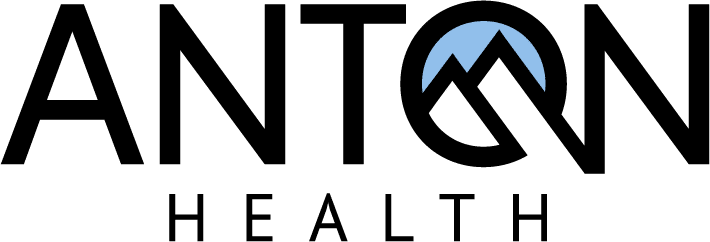Last week we published a review of the 2021 Medication Access Report which detailed a variety of access barriers including COVID-19, logistics, financial burdens, and more. We suggested that understanding the scope of access challenges would be good knowledge for anyone working in the specialty pharmacy segment, but especially those that work in marketing, communications and web messaging. Today we turn up the heat.
The results of a recent research survey, sponsored by AllianceRx Walgreens Prime, offer deep dive insights into the social determinants of health and, specifically, how these determinants impact patient access to health.
Here are the key areas covered in the survey…..
When we say it is a deep dive we mean it – especially for a specialty pharmacy.
Safe housing, transportation, and neighborhoods
Racism, discrimination, and violence
Education access, job opportunities, and income
Access to nutritious foods and physical activity opportunities
Polluted air and water
Language and literacy skills
The findings are highly insightful and are appropriate for leadership in specialty pharmacies as well as those involved in communications to better know their customers.
CLICK HERE to access the survey findings
How Specialty Pharmacies Address Social Determinants of Health
Specialty pharmacies are uniquely positioned to identify social determinants of health that could impact medication adherence and health outcomes.
Specialty pharmacies play an integral role in ensuring patients receive, understand, and adhere to medications prescribed by their providers. This role also includes coordinating the numerous aspects of patient care and disease management.
“Specialty pharmacies are responsible for assisting patients through their treatment journey, which in many cases may be a lifelong journey with many complexities and challenges,” says AllianceRx Walgreens Prime Vice President of Clinical and Professional Services Rick Miller, MS Pharm, MBA, BS Pharm, CSP.
Many specialty patients present with autoimmune disorders, cancer, bleeding and blood disorders, HIV/AIDS, multiple sclerosis (MS), along with other chronic and rare conditions. As a result of working so closely with patients, specialty pharmacies are uniquely positioned to spot obstacles likely to impact the patient’s ability to begin and stay on their medications — including those obstacles that are commonly known as the social determinants of health.
The US Department of Health and Human Services defines social determinants of health (SDOH) as the conditions in the environments where people are born, live, learn, work, play, worship, and age that affect a wide range of health, functioning, and quality-of-life outcomes and risks.
These social determinants of health have a major impact on patient care, with access to and the quality of medical care impacting approximately 20 percent of a patient’s health and well-being, SDOH factors impact the remaining 80 percent of health outcomes.
Economic stability is a leading social determinant of health with implications for patient outcomes when patients cannot afford necessary care, including medications. Individuals facing financial hardship are in a precarious situation and often opt to avoid care, which can have severe implications for those with complex and chronic medical conditions requiring specialty medications.
A growing body of literature indicates that cancer patients are more likely to not receive necessary medical care due to financial hardship and report changes in prescription drug use due to financial reasons. What’s more, estimates show that medication non-adherence costs the healthcare industry $300 billion, one-third of total waste, with $100 billion alone tied to avoidable hospitalizations.
High costs are a defining feature of specialty medications, though definitions vary. Whereas the Centers for Medicare & Medicaid Services indicated costs of more than $670 per month back in 2017, the Congressional Budget Office stated an annual cost of $6,000 as recently as 2015.
With cost being a significant factor in medication adherence, specialty pharmacies on the frontlines have the power to identify and address economic stability among the patients they serve, improving health outcomes and reducing costs by avoiding hospitalizations and emergency care services were a patient’s condition to deteriorate.
Specialty pharmacies assist with implementing the care plan developed in collaboration between the physician, patient, and/or patient’s caregiver and ensuring the medications are properly dispensed and taken.
Earlier this year, AllianceRx Walgreens Prime and Highmark launched a pilot to identify the impact of SDOH on patients with MS in terms of quality of life and health outcomes. Trained nurses at the specialty pharmacy contact patients who have agreed to participate in the pilot by phone to administer a 13-question SDOH survey. The results of which are reviewed by the health plan to determine the support necessary for individuals facing these financial, behavioral, or environmental challenges.
In addition to the SDOH pilot, AllianceRx Walgreens Prime’s staff focuses on identifying potential obstacles to patient care.
“At AllianceRx Walgreens Prime, many of the cues will be verbal in nature due to the high prevalence of the way in which we telephonically interact with patients,” Miller explains. “We work with our staff to properly train them in active listening. You need to listen to the patient, listen to their responses. For example, focusing on any hesitation, any language barriers, or any confusion.”
A combination of staff and services allows the specialty pharmacy to holistically meet the needs of patients head-on, including pharmacists, nurses, patient care coordinators, and financial experts. The ability to provide wrap-around support services puts the specialty pharmacy in a position to work with charitable foundations and pharmaceutical companies as well as health plans and providers to coordinate appropriate care for each patient.
But the coordination of services is only as effective as the specialty pharmacy staff’s ability to recognize that a problem exists. This is especially true for patients with MS who often experience depression and fatigue during therapy. Nurses at the specialty pharmacy are equipped to screen for these factors and report the results to the appropriate specialist.
Responsible for the initiation of therapy and each subsequent refill, the specialty pharmacy has numerous opportunities to engage with patients and screen them for potential obstacles for optimal care and outcomes. In truth, providing holistic care to patients has been a staple of successful specialty pharmacies, given their central role in medication adherence.
There are two ways the specialty pharmacy helps ensure medication adherence among its patient population. First, they can empower patients by educating them about their condition, therapy, medication, expected clinical outcomes, and potential adverse events. Second, specialty pharmacies can reach out to patients “off-cycle” to identify potential issues between refills that could negatively impact adherence.
In short, it all comes down to working closely with patients and listening to their needs.
“We collaborate with the patient. We let them also know that they’re not traveling through this journey alone and that we’re here to help them 24/7,” Miller concludes.
While the focus on social determinants of health has grown considerably before and throughout the pandemic, specialty pharmacists have remained well suited to address and overcome these obstacles to improve the lives of patients they serve.
as published in Health Payer Intelligence








